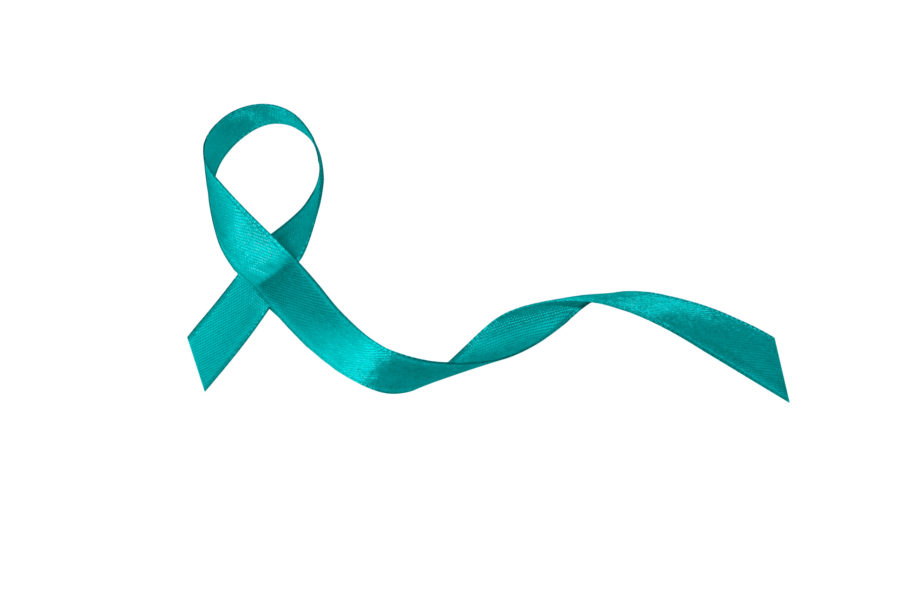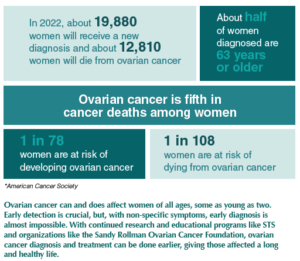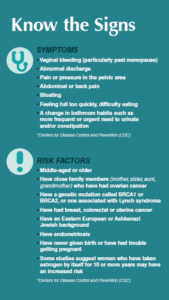A Tale of Two Lives – Surviving, fighting and educating through ovarian cancer
Known as one of the “silent killers,” ovarian cancer claims approximately 14,000 lives a year in the U.S., sparing no one … even children as young as two have crossed its path. With symptoms as benign as itching, back pain and lethargy, the beginning stages are often brushed aside, giving way to a heartbreaking late-stage diagnosis. With that diagnosis comes a will to fight … a will to live … and a will to conquer the disease.
Linda Bennett and Dr. Samantha Bacchus (both featured previously) fought a late-stage ovarian cancer diagnosis. Their enemy: the cancer. Their weapons: chemotherapy, surgery, love and the strength of a 100-man army. Their lives, and the lives of their families, were forever changed by this disease. In the wake of the fight, there is hope that their journey will bring attention and awareness to this disease.
IMPORTANT STATISTICS:
- In 2022, about 19,880 women will receive a new diagnosis and about 12,810 women will die from ovarian cancer
- About half of women diagnosed are 63 years or older
- Ovarian cancer is fifth in cancer deaths among women
- 1 in 78 women are at risk of developing ovarian cancer
- 1 in 108 women are at risk of dying from ovarian cancer
*American Cancer Society
Ovarian cancer can and does affect women of all ages, some as young as two. Early detection is crucial, but with non-specific symptoms, early diagnosis is almost impossible. With continued research and educational programs like STS and organizations like the Sandy Rollman Ovarian Cancer Foundation, ovarian cancer diagnosis and treatment can be done earlier, giving those affected a long and healthy life.
KNOW THE WARNING SIGNS:
Symptoms
- Vaginal bleeding (particularly past menopause)
- Abnormal discharge
- Pain or pressure in the pelvic area
- Abdominal or back pain
- Bloating
- Feeling full too quickly, difficulty eating
- A change in bathroom habits such as more frequent or urgent need to urinate and/or constipation
*Centers for Disease Control and Prevention (CDC)
Risk Factors
- Middle-aged or older
- Have close family members (mother, sister, aunt, grandmother) who have had ovarian cancer
- Have a genetic mutation called BRCA1 or BRCA2, or one associated with Lynch syndrome
- Have had breast, colorectal or uterine cancer
- Have an Eastern European or Ashkenazi Jewish background
- Have endometriosis
- Have never given birth or have had trouble getting pregnant
- Some studies suggest women who have taken estrogen by itself for 10 or more years may have an increased risk
*Centers for Disease Control and Prevention (CDC)
RELATED ARTICLES
Can Being Fully Present Make Me Healthier?
Are Psychedelic Drugs the Medical Future?
National Nutrition Month: Celebrate a World of Flavors



